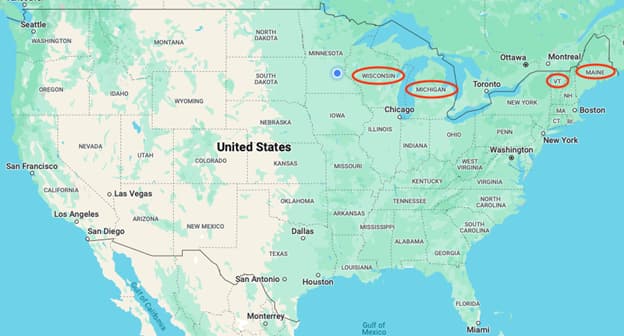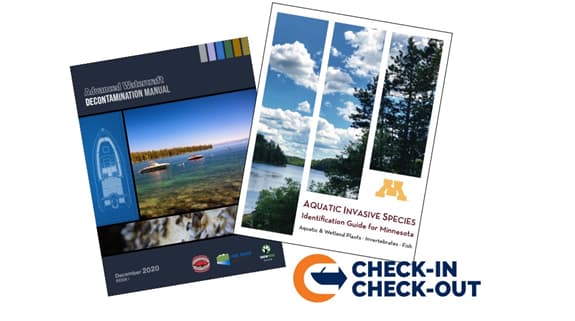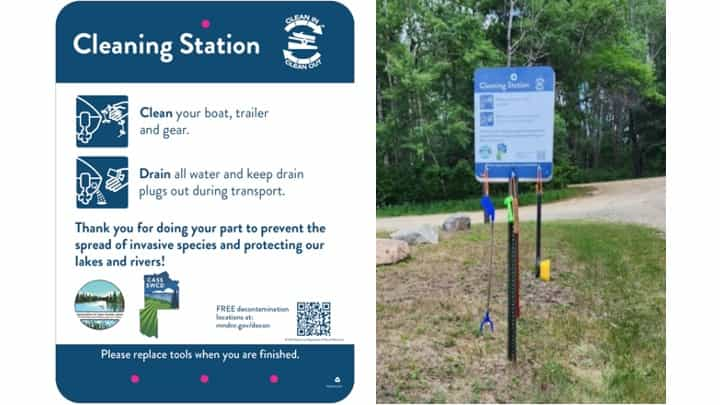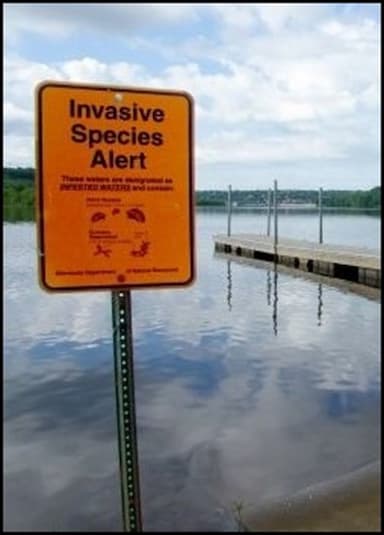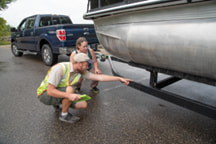
So, what’s up ahead? Wow, the DNR is doing an AIS roadside check of watercraft!
At the end of June on a Friday afternoon, the Minnesota DNR conducted a roadside inspection of watercraft on Highway 55 in Wright County, just east of Annandale. This part of Wright County, known as “Heart of the Lakes,” boasts highly recreated lakes within an hour of the metro. Also, it is home to three lakes with populations of starry stonewort, an invasive species.
The roadside check was on June 28th from 3:00 to 6:30pm. Major Scott Staples, Enforcement Division, MN DNR reports that 16 watercrafts were inspected with one violation noted. A citation was issued for transporting aquatic plants.
“This is just a small sample of what we have been doing statewide,” Major Staples shares. “We have been doing check stations for about 10 years and statewide compliance has been about 90%”.
Thanks to the DNR for this visible and expanded component of the Watercraft Inspection Program.

